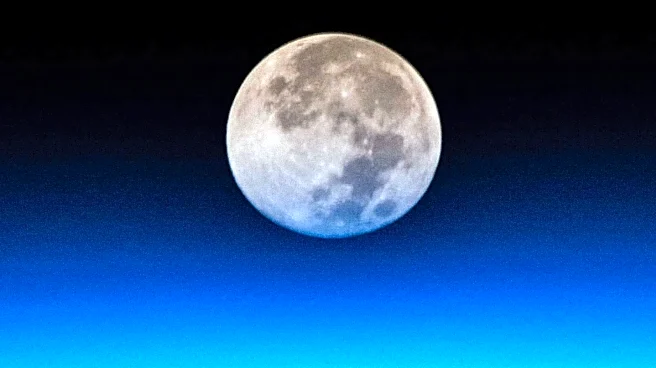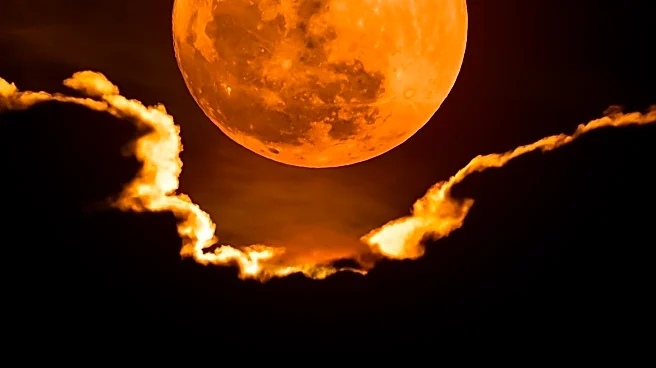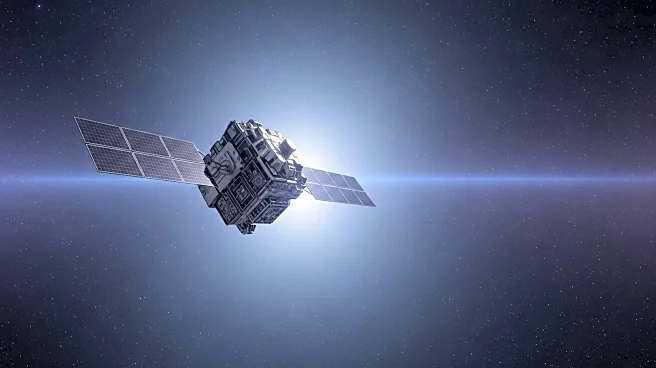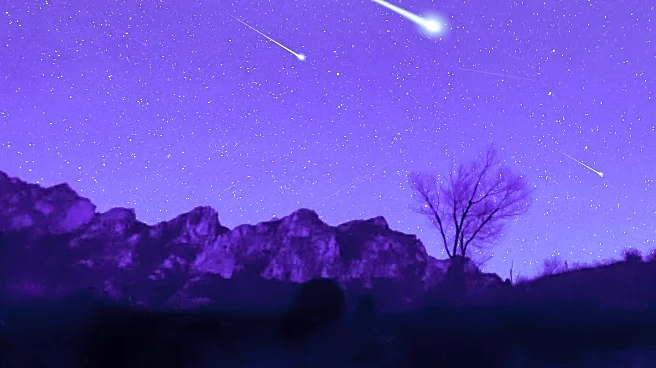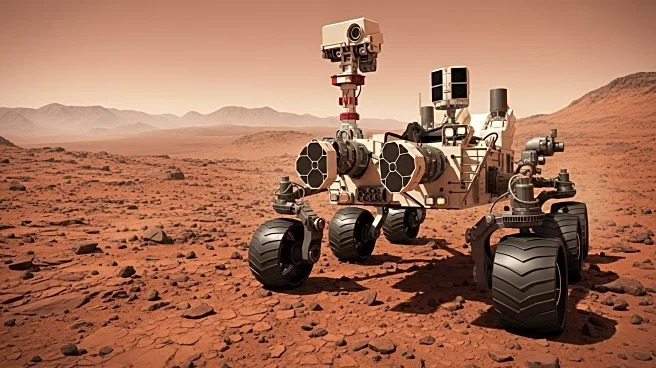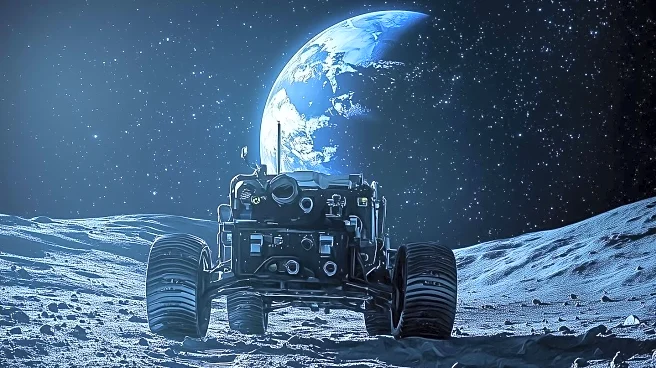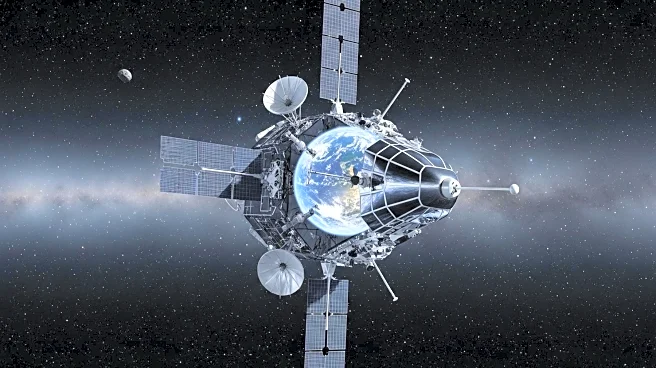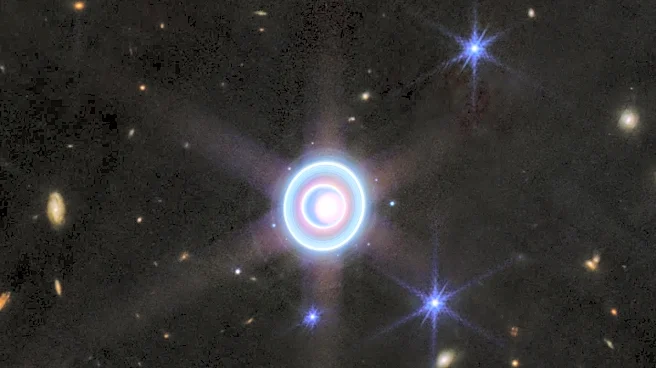What's Happening?
The first supermoon of 2025, known as the Harvest Supermoon, will be visible on October 6. This astronomical event occurs when the moon is at its closest point to Earth, known as perigee, making it appear 30% brighter and up to 14% larger than usual. The Harvest Moon is traditionally associated with the autumn equinox, historically aiding farmers in harvesting crops by providing additional light. The moon will reach its peak brightness at 11:47 p.m. Eastern Time and will be visible in the night sky near the constellation Pisces. The National Weather Service forecasts clear skies for most of the U.S., providing optimal viewing conditions.
Why It's Important?
The Harvest Supermoon is a significant event for both astronomers and the general public, offering a unique opportunity to observe the moon in its full glory. This event is part of a series of three consecutive supermoons in 2025, highlighting the moon's influence on cultural and agricultural practices. The increased brightness and size of the supermoon can enhance public interest in astronomy and encourage educational activities related to space and science. Additionally, the event serves as a reminder of the moon's historical role in agriculture, emphasizing its importance in human history.
What's Next?
Following the Harvest Supermoon, two more supermoons are expected in 2025, with the Beaver Moon in November and the Cold Moon in December. These events will continue to draw attention from skywatchers and may inspire further public engagement with astronomical phenomena. NASA and other scientific organizations may use these opportunities to promote educational initiatives and increase awareness about lunar science and exploration.

